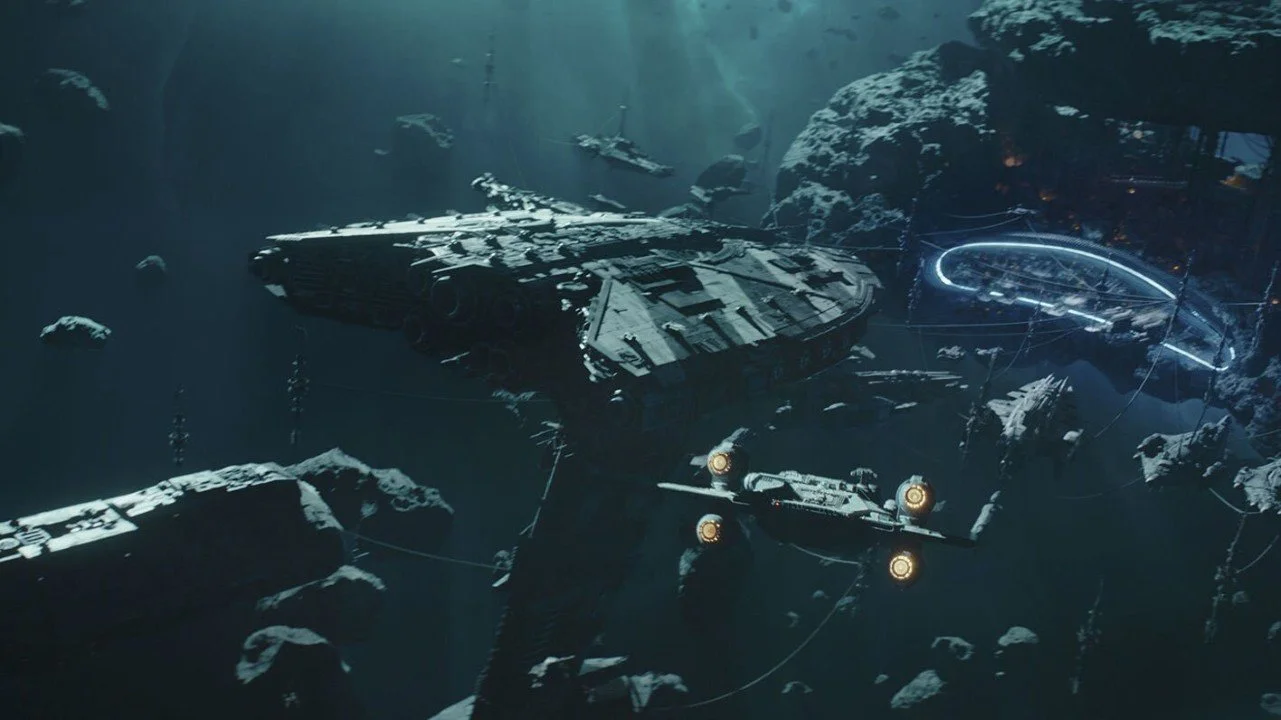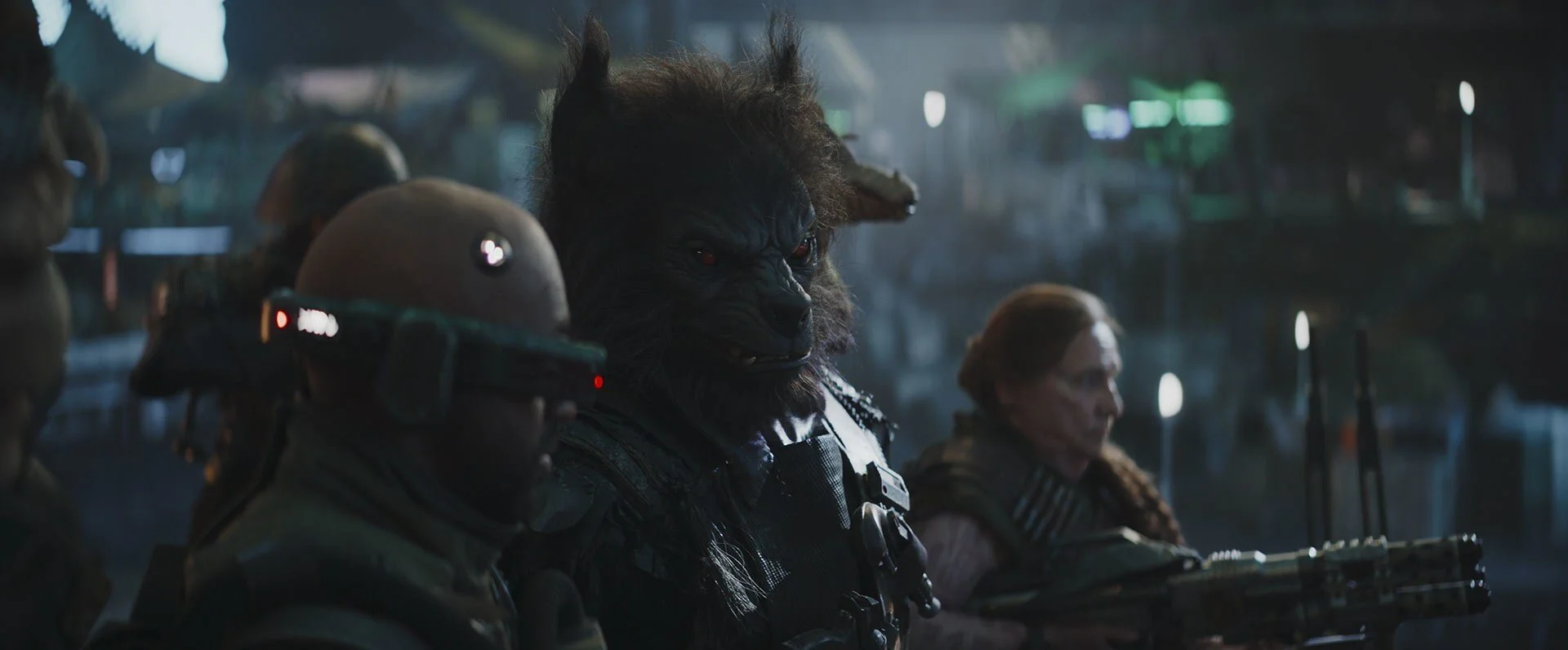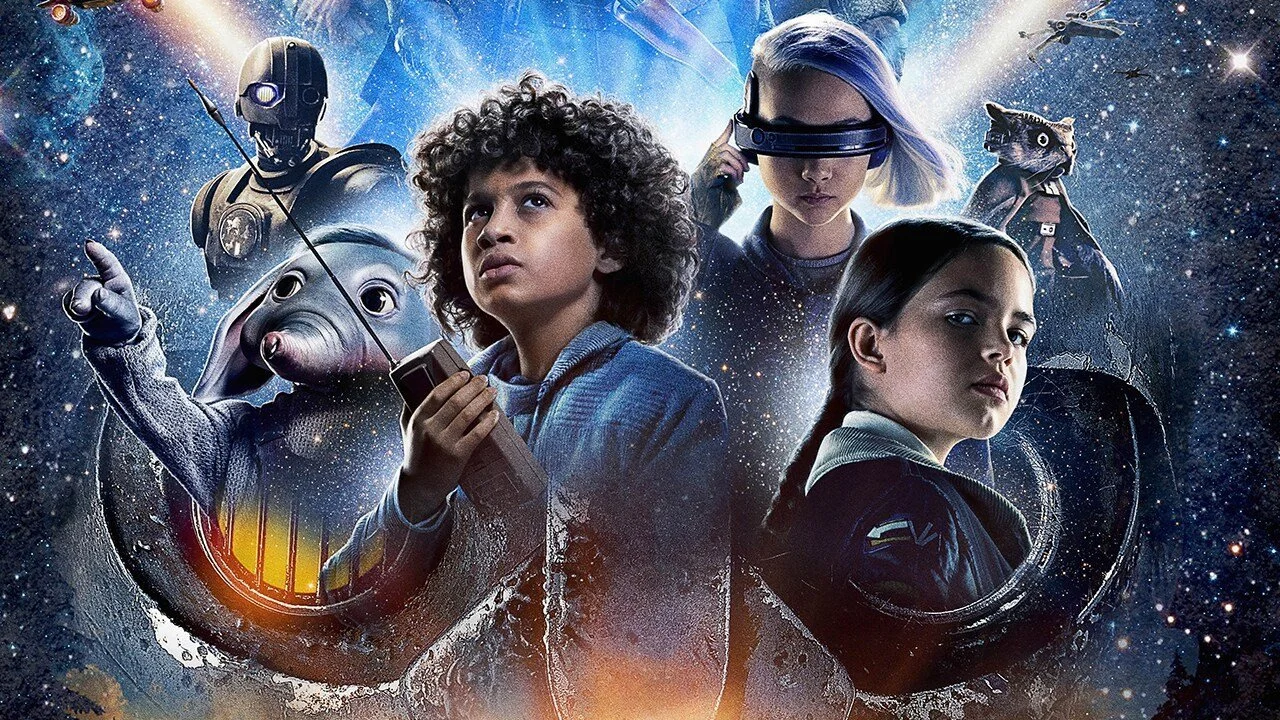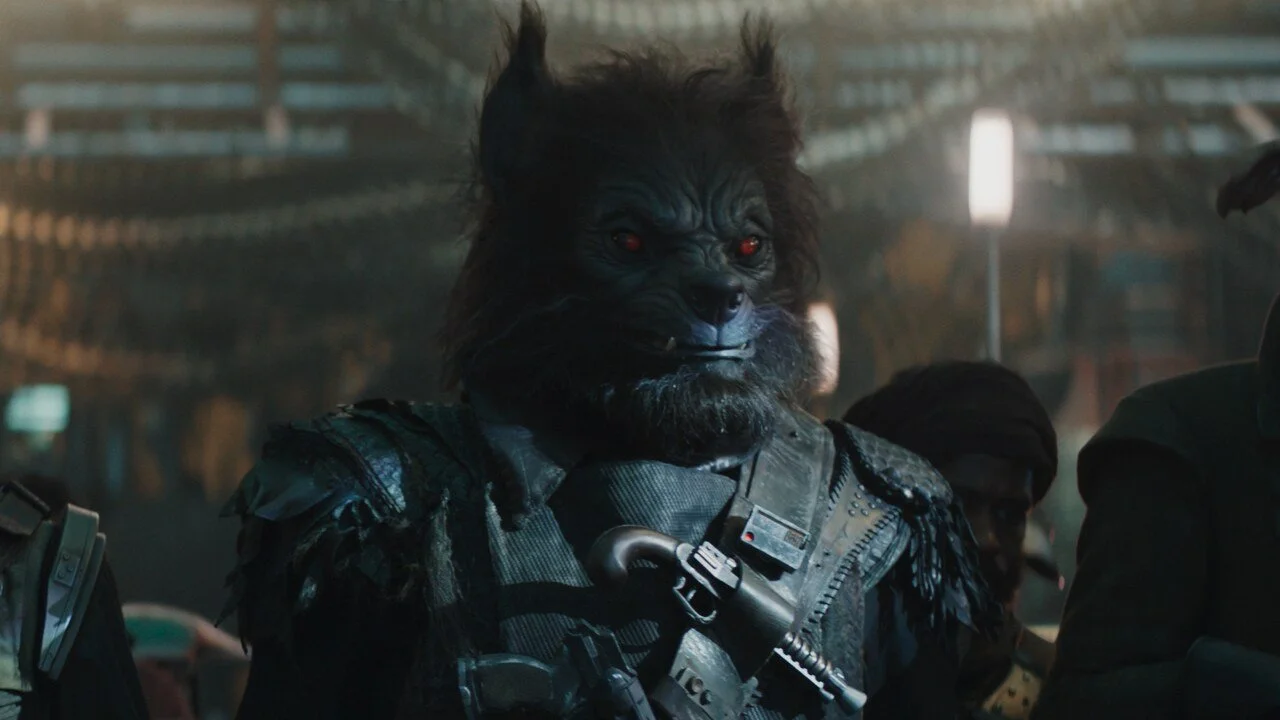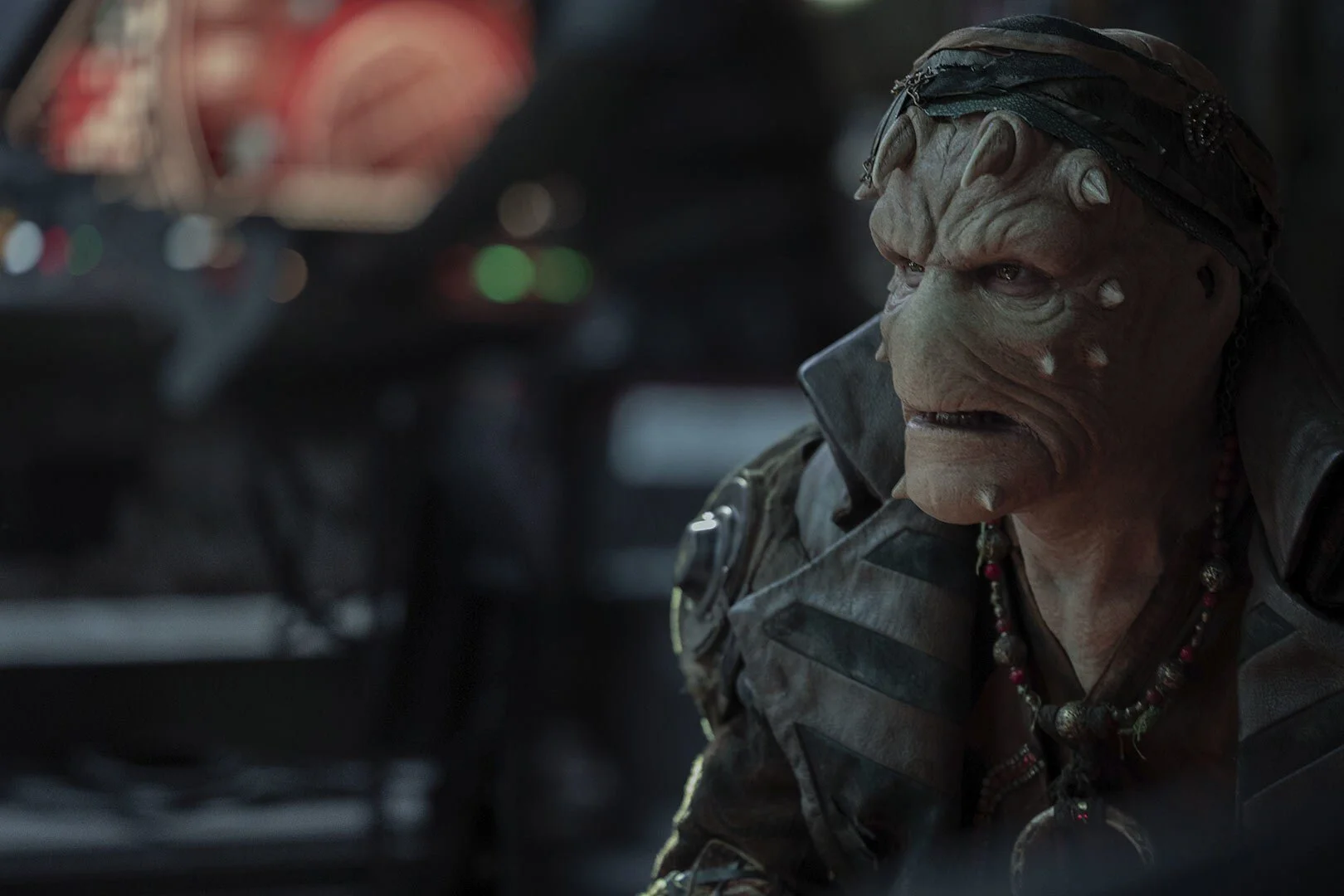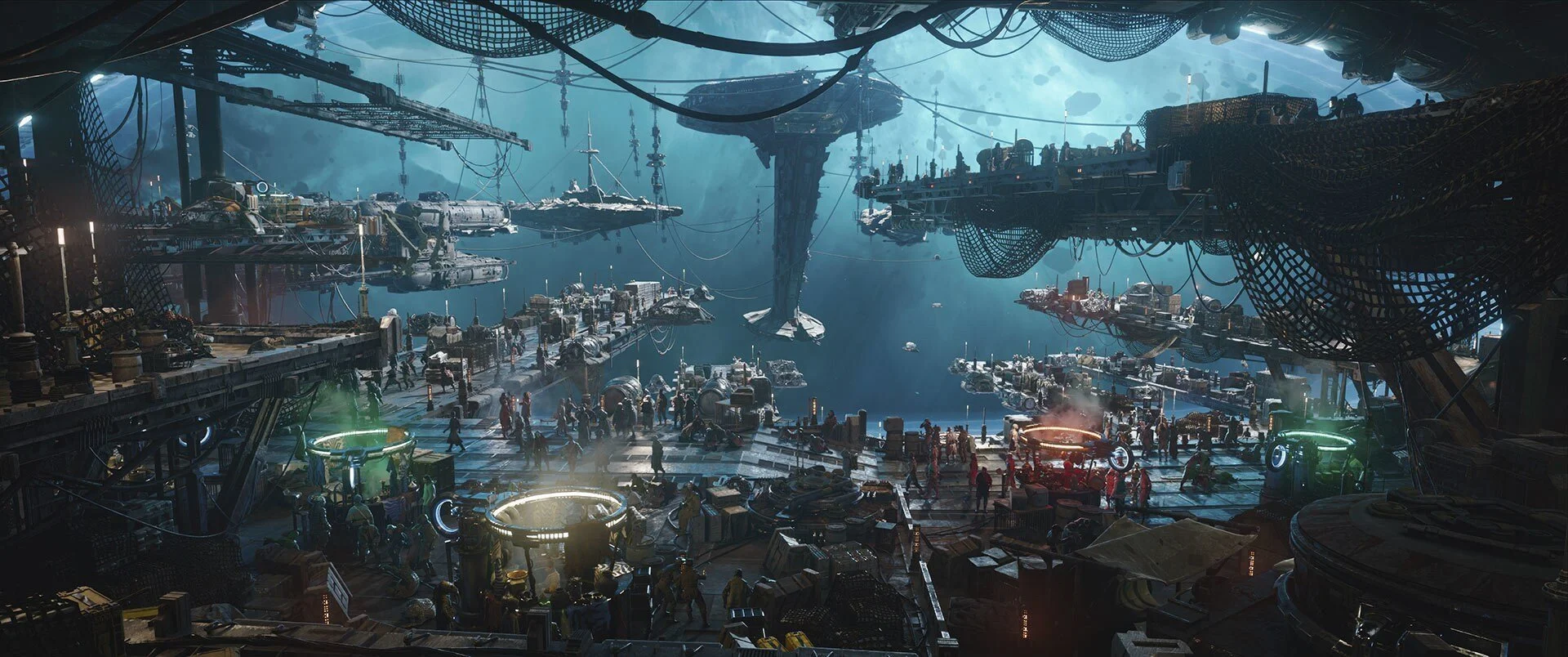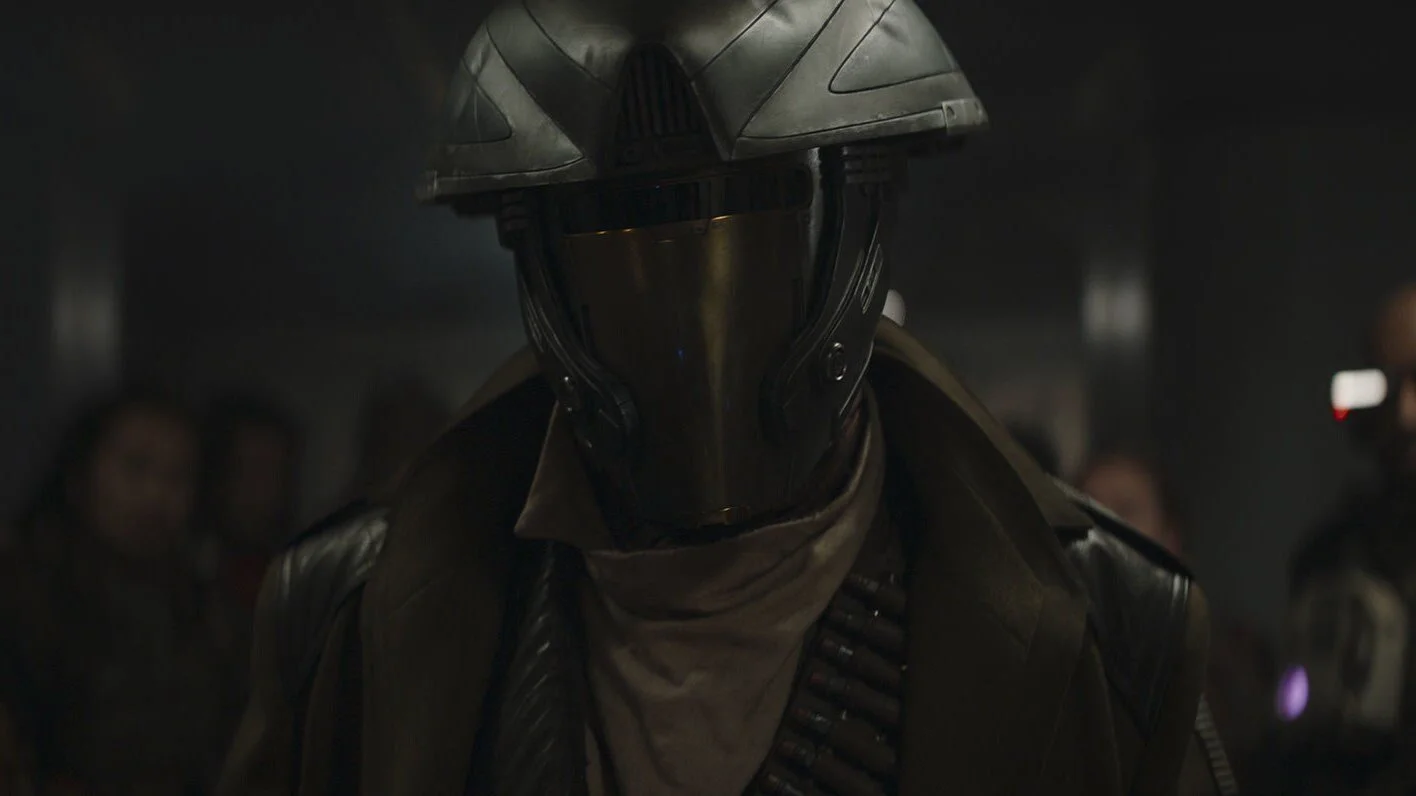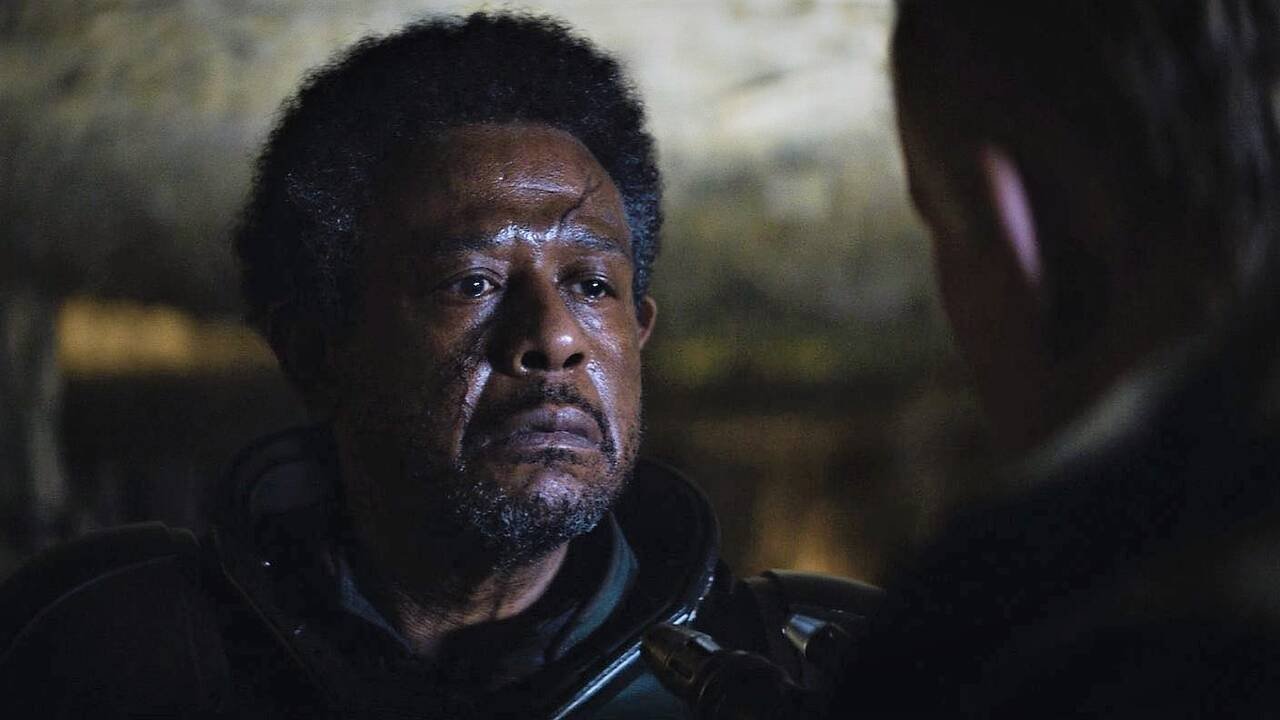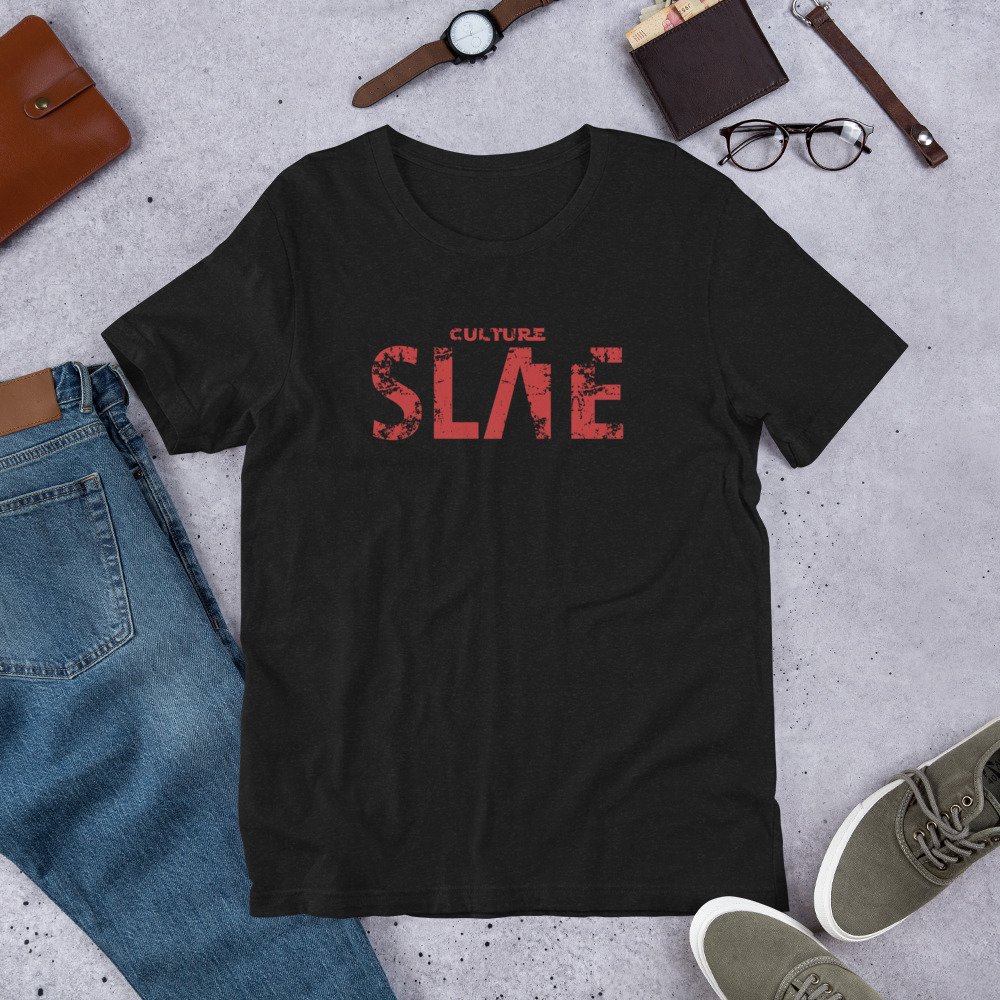'Skeleton Crew' Breakdown: The Pirates And Real-Life History That Inspired The Series
Image Source: StarWars.com
Star Wars: Skeleton Crew did not hide its inspirations during the marketing and information campaign before its launch. However, much of that focus has fallen on the upfront and obvious parallels. While CultureSlate will dive into these major influences in the coming weeks, we also wanted to highlight the history and historical figures who likely inspired some of the key pirate-related elements of this show.
Brutus, Traitor
Image Source: StarWars.com
Brutus quickly made an impact on the fanbase for his imposing look, but also for deposing Captain Silvo in the opening minutes of the series. Later, we would see him ruling in his own right, before his untimely death. Brutus shares a name with a notable figure from Roman history, Marcus Brutus, a noted lieutenant of Julius Caesar who initially opposed him. The two also shared a profound bond, possibly because they were father and son (Brutus’ mother was extremely close with Caesar).
RELATED:
However, students of history will know what happened to Caesar, and students of Shakespeare will know the dramatic lines he fed into Caesar's mouth in his telling of the man’s assassination: “Et tu Brute?” Brutus helped to kill Caesar, assuming change would come, and he would be hailed as a hero. Instead, while there was an initial period of peace, Brutus ended up pursued alongside many of Caesar's other killers and soon died. His name, in the centuries afterward, became commonly linked with traitors and treachery.
We can see shades of this story in Brutus from Skeleton Crew. He was close to Silvo, as his first mate, but ultimately turned against him in the hope that it would improve the crew’s lot in life. Instead, he gradually lost control of the situation and found himself dead at the hands of the man he betrayed.
Brutus, Blackbeard
Image Source: StarWars.com
But Brutus is more than just a furry face with a notable name; he is also a fearsome pirate who bears some similarities to the noted pirate captain Edward Teach, better known as Blackbeard. His background is largely a mystery, but Blackbeard made a name for himself in 1717 and 1718, attacking French and British ships. He is best known for his week-long blockade of Charleston, during which he captured many ships. His flagship at the time, The Queen Anne’s Revenge, became too well known after this event, and so Blackbeard ran her aground. Soon after, Blackbeard took a pardon, though the minute he returned to his pirating ways, the officials cornered him aboard his new ship. He died a grisly death in the boarding action that followed, first having his throat cut, before a second sword swing decapitated him.
We don’t know much about Brutus’ background, so we cannot claim close similarities with Blackbeard’s career. Instead, the similarities lay in the visuals and the manner of death. Brutus has black fur and an intimidating look, traits both associated with Blackbeard. There are also the pistols strapped to Brutus' body which, while not a unique look for pirates, closely matches many historical visuals of Blackbeard wearing the same gear. Additionally, the weapons we see Brutus wield in Skeleton Crew seem more old-fashioned in design, like pistols of the Age of Piracy. Finally, of course, there is Brutus’ death. While Jod does not cut off his head, he almost certainly shoots the Shistavanen in the head, the same part of the body that felled Blackbeard in 1718.
Fellow Pirates and Pirate Law
Image Source: StarWars.com
But are there other pirate comparisons to be made in Skeleton Crew? One is obvious, with the pirate Vane (known for his appearance in the third season of The Mandalorian) likely being named for Charles Vane, a notable pirate and contemporary of Blackbeard. He also harried the harbor of Charleston, among many acts of piracy, but was later abandoned by much of his crew when he fled in the face of a French warship. With only a few crew left to follow him, Vane set up on a small island and might have recovered his power, except he was shipwrecked due to a hurricane. One of only two people to survive, he was later rescued but recognized, and his story ended with his trial and later hanging. The only real similarity between Charles Vane and the Nikto of Skeleton Crew is the mention of being a lone survivor. As we saw in The Mandalorian, Vane was likely the only pirate to escape the Mandalorian ambush of Gorian Shard’s pirates.
Other pirate parallels exist in the use of the Pirate’s Code, which is the same term used for the real-world codes of conduct that pirates had aboard their ships. Unlike the seemingly monolithic code of Skeleton Crew, which seemingly has not changed for decades or centuries (depending on when Tak Rennod set out for At Attin), the real-life codes were catered to suit the characteristics of each crew, created in cooperation with the captain. For instance, if Jod had his way, “claimsies” and “unclaimsies” would likely be outlawed in the Pirate’s Code.
Pirate Ports
Image Source: StarWars.com
The final piece of notable pirate history Skeleton Crew reflects is the existence of Port Borgo. We have already talked about how the port is a pull from Legends, but Borgo also links to the existence of real, honest-to-goodness pirate epicenters. Two of the most notable from the golden age of piracy were Tortuga and Port Royal. Readers may have already heard of Tortuga, as it appeared in the Pirates of the Caribbean film series. An island located off the coastline of Hispaniola where French buccaneers originally set up a pirate haven, Tortuga’s heyday was only a decade or two around the 1660s before the buccaneers left and the port gradually returned to a lawful state of being.
Meanwhile, Port Royal’s period of power overlapped with that of Tortuga, being founded by the English in the 1650s on the island of Jamaica and expanding to a new den of piracy by the 1670s. Its governor lured buccaneers to the port with privateering contracts against the Spanish and was able to use this force to protect the town from Spanish reprisals. Port Royal thrived for many years before an earthquake in the summer of 1692 destroyed the settlement, scattering its surviving pirate patrons. Port Borgo follows the idea of both locations rather well, with its dens of piracy and illegality suited to the needs of its pirate patrons, even if we see a lack of any privateering activities.
Conclusion
Image Source: StarWars.com
Today, we have hopefully shown that, much like the rest of Star Wars, shows such as Skeleton Crew draw from rich source material found in the real world. From a legendary traitor to legendary pirates to the ways those men and women operated and where they operated, this new addition to the Star Wars franchise is full of the same kinds of influences seen in many other parts of the franchise.
READ NEXT:

